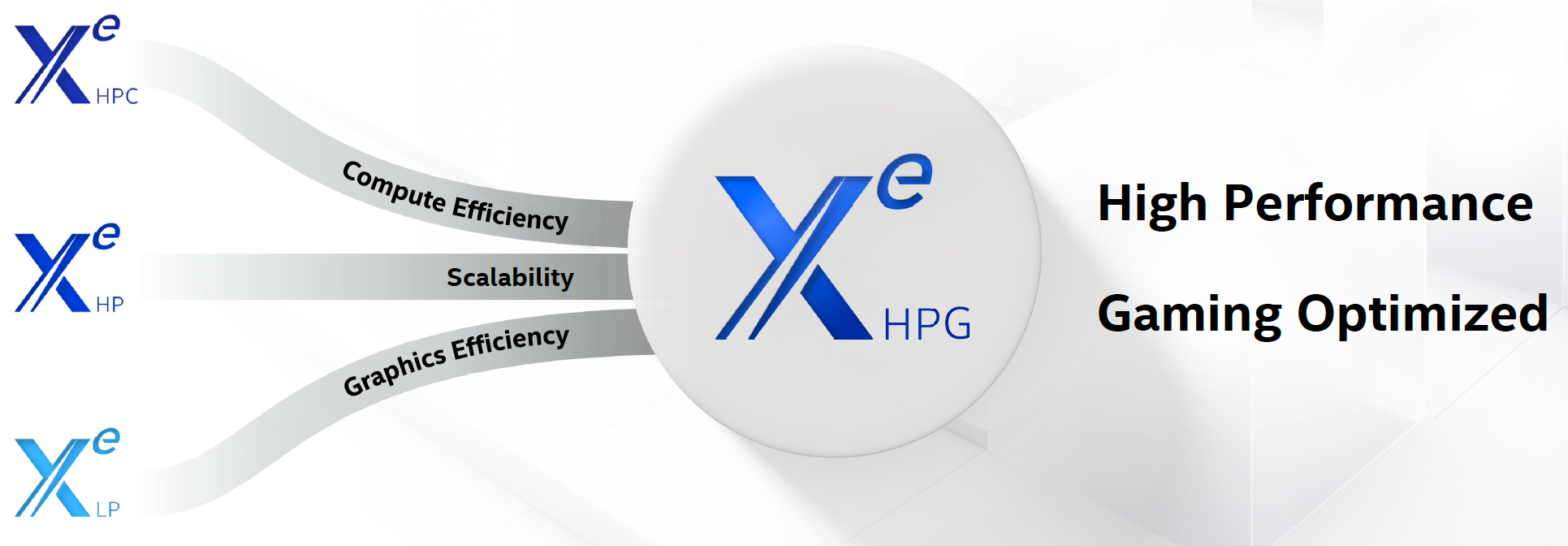Intel Starts Xe-HPG GPU Scavenger Hunt
In a surprising move, Intel this week began its Xe-HPG graphics architecture promotion campaign. We'll see if Xe-HPG can join the ranks of the best graphics cards probably late this year. So far, the company has posted a teaser video that leads to a website which announces an Xe-HPG-dedicated scavenger hunt game that starts on March 26, next Friday. Also, the video may give a clue about Intel's internal codename for the first Xe-HPG GPU.
For starters, Intel has posted an Xe-HPG microarchitecture teaser video on Twitter. The footage emphasizes that the Xe-HPG is both evolution and extension of Intel's Xe-LP architecture and also contains three cryptic messages. When decoded, the first one leads to https://xehpg.intel.com, a website dedicated to the Xe-HPG Scavenger Hunt. Another two messages are coordinates — 79.0731W and 43.0823N — that lead to a point to the west of the Goat Island overlooking the Niagara river near Niagara Falls.
Intel tends to give unannounced products codenames typically after various geographical locations (that cannot be trademarked), such as cities, islands or rivers. Keeping in mind that Intel's 4th and 5th Generations Xeon Scalable server processors are codenamed Sapphire Rapids and Granite Rapids (i.e., after a section of a river) and their platform is called Eagle Stream (i.e., a body of water), it is highly likely that its first Xe-HPG GPU is codenamed Niagara Falls (i.e., another section of a river).
Intel powered on its first GPU based on the Xe-HPG architecture in late October, 2020. Silicon bringup process, driver development, extensive testing, and other necessary steps to bring a new chip to the market usually take about a year. Therefore, it is unlikely that the upcoming GPU will arrive to the market earlier than in early Q4 2021. Starting a promotion campaign for a product that will not be available for more than half of a year is a bit strange.
It looks like Intel wants to get maximum exposure for its gaming GPU architecture, showing gamers its dedication to the Xe-HPG project and perhaps getting some attention in the midst of the ongoing GPU shortages. If Intel could launch Xe-HPG right now, it would potentially gain some ground what with the already limited supply of GPUs that's been further exacerbated by cryptocurrency mining. However, Xe-HPG will use TSMC's N7 process, and TSMC's already tapped out on production of other chips, so it remains to be seen how soon Intel can launch, and how much volume it can supply.
Get Tom's Hardware's best news and in-depth reviews, straight to your inbox.

Anton Shilov is a contributing writer at Tom’s Hardware. Over the past couple of decades, he has covered everything from CPUs and GPUs to supercomputers and from modern process technologies and latest fab tools to high-tech industry trends.
